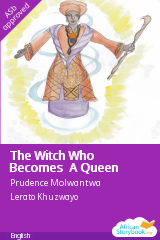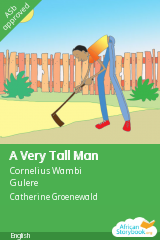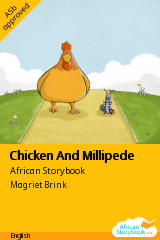Multilingual story reading sessions run by volunteers at Saulsville Community Library
Lorato Trok
The African Storybook is particularly suitable for reading promotion in multilingual contexts as the same title is often available in multiple languages. At Saulsville Library in Atteridgeville outside Pretoria, stories are told in all nine official African languages since people in the township are highly multilingual. In the story reading sessions, children take it in turns to select the language in which they would like the story to be read to them. They become the experts, explaining the story to other children who might not speak their language well.
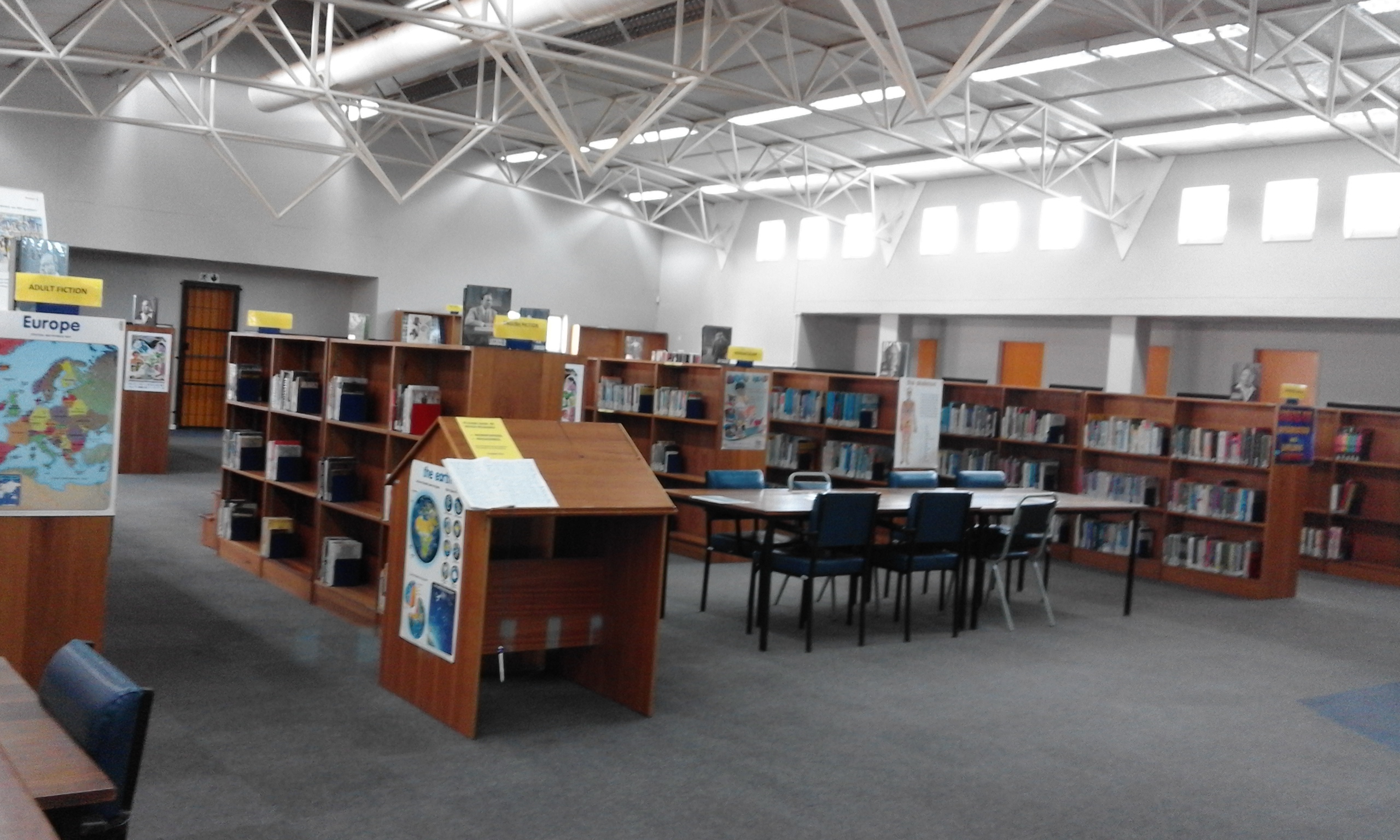
Young people from around Atteridgeville and Saulsville volunteer their time to read books to the children every weekday after school at the library. One of these young people is visual artist and performance poet Lerato Khuzwayo (on the right in the image below). Lerato also teaches art to children in these communities through his Capital Arts organisation made up of young professional artists in Atteridgeville.
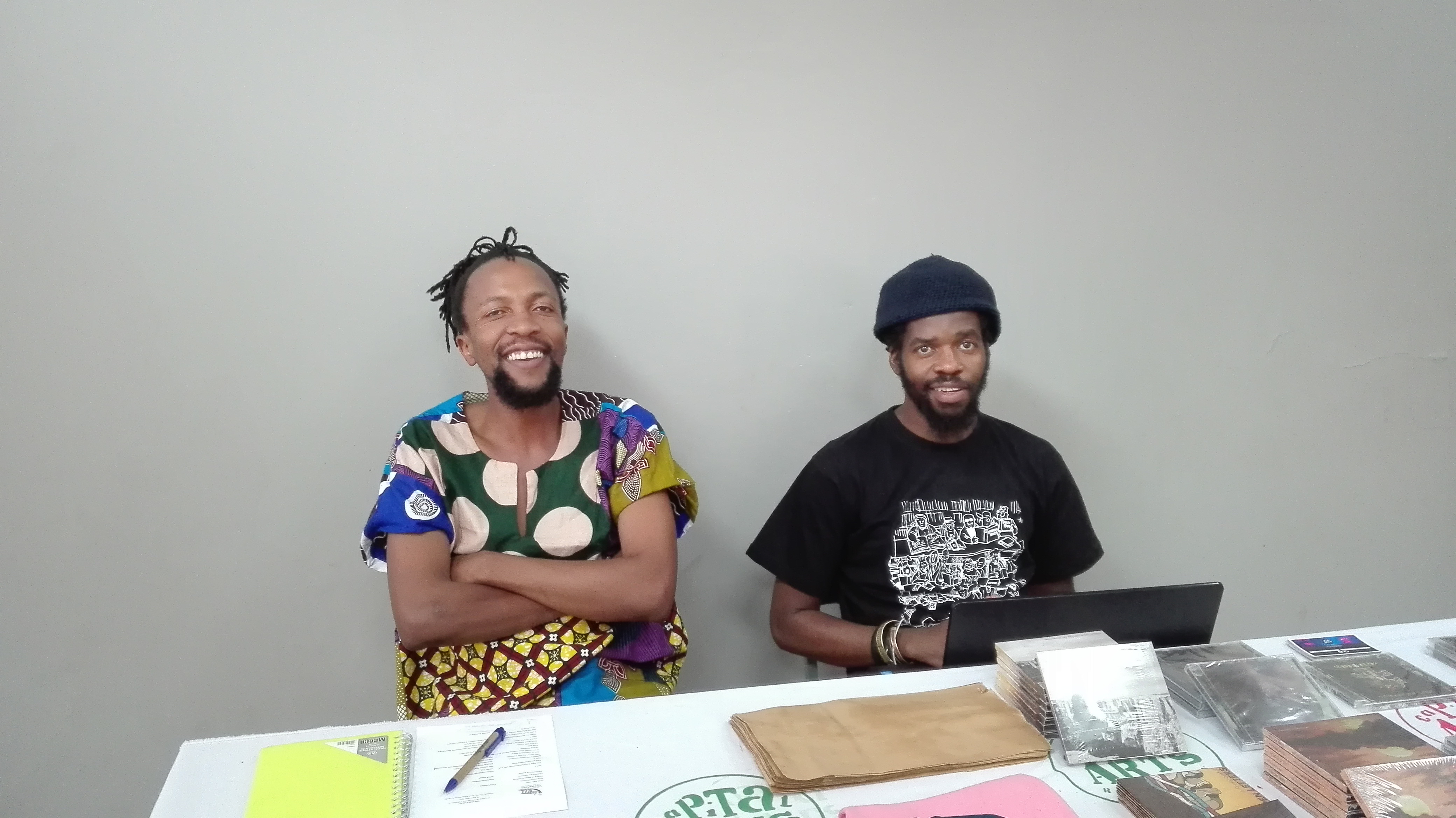
He illustrated a storybook, "The witch who becomes a queen" written by a learner at Walton James primary school in Atteridgeville, Prudence Molwantwa, published last year on the African Storybook website.
A young man, Sylvester, also helps. He has been assigned by the Gauteng Provincial Library and Archival Services where he is employed, to help out in Saulsville Library from time to time. A team of retired teachers runs oral story-telling sessions on weekends and during school holidays at the library. However, it is still a tough sell to get the parents to bring their children to the library or for them to visit the library for other purposes other than what they perceive the library to be - home-work and reading space.
I visit Saulsville Library from time to time to encourage the volunteers and library staff to come up with new ways of getting the children to enjoy the stories. At Saulsville library, there is a dedicated room with a laptop, projector and screen for reading stories. Stories are downloaded and saved on a USB as back up for when internet connectivity is erratic in the library. The children come from various parts of Saulsville but the majority are from the informal settlements behind the library. It is a walking distance from the library and some stay in the library even after the story-reading sessions have ended to read for themselves in the library or do their home-work.
Although there are some new children, most of the children are regular attenders and in order to get them to stick to the programme and get them to enjoy the stories, new and exciting reading activities are needed. I suggested that instead of the volunteer always reading to the children, they should let the children read to each other in their home language or re-tell stories they have already been read to. Another reading activity I suggested was children creating their own stories from wordless pictures. I provided them with wordless picture files of “A very tall man” and “Chicken and Millipede.”
On one of the days that I visited, Sylvester was helping. He connected directly to the ASb website and projected a story and read it in English. Children were asked what African languages they would like to read in. Stories were read in three different languages, isiXhosa, Sepedi and isiZulu. Sylvester read to the children and asked them questions about the stories. Children were asked to then volunteer to read the stories and ask their peers questions about the stories or retell stories in their own way. Illustrations of two stories, “Chicken and Millipede” and “A very tall man” were projected on the screen and children were asked to tell the stories through pictures in languages they felt comfortable in. Sylvester said that he has noted that this practise gives children the confidence to read for themselves and enjoy stories as pleasurable activities as compared to children always being read to, which feels like a chore.
